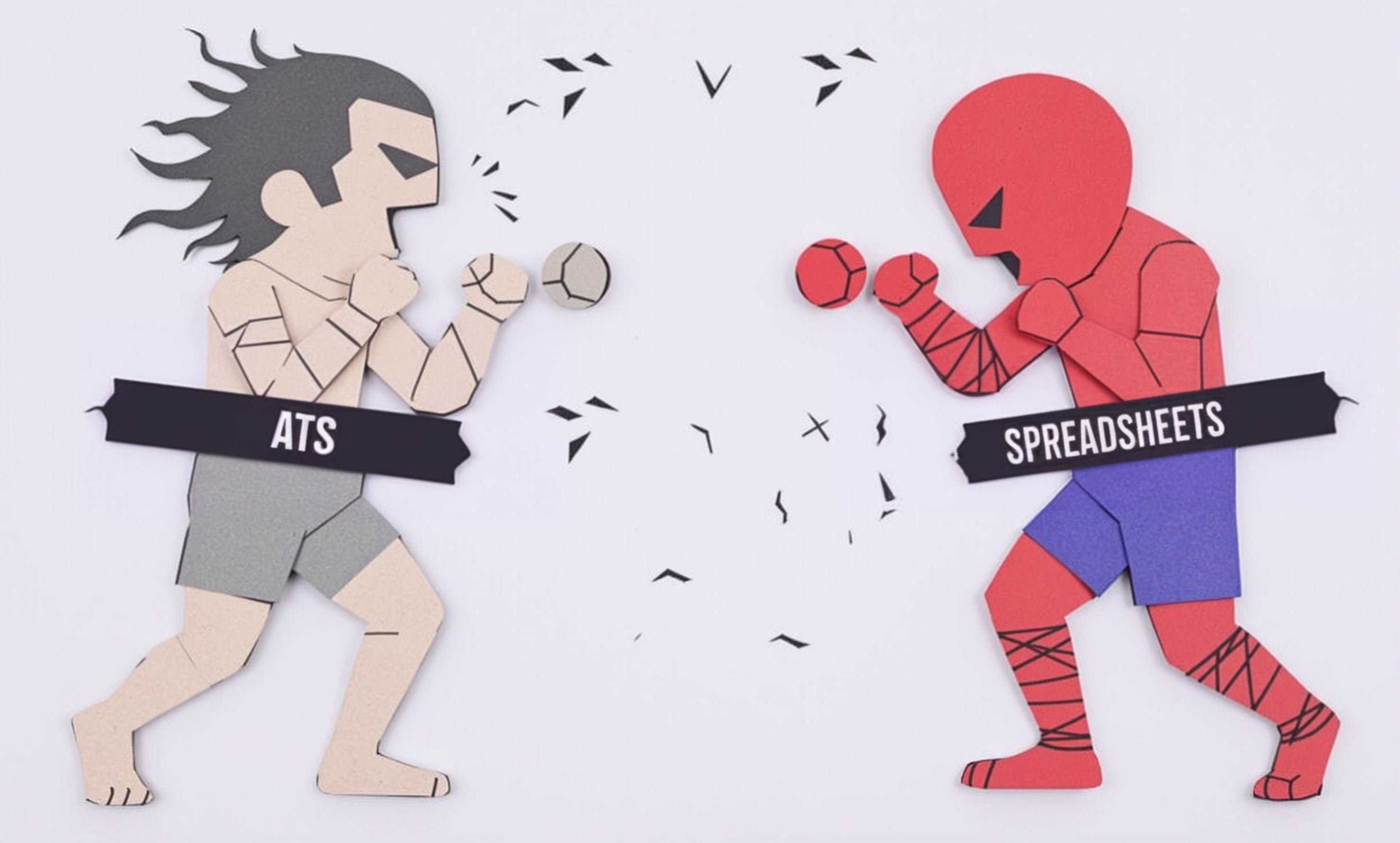
Model Sheet
A Model Sheet is a reference document used in animation that shows how a character, object, or location should look from different angles and in different poses. Think of it as a detailed guide or instruction manual that helps everyone on the animation team draw characters consistently throughout a project. When someone mentions "model sheets" on their resume, they're talking about either creating these reference guides or working with them to maintain visual consistency in animation projects. Similar terms include "character sheets," "turnaround sheets," or "character turnarounds."
Examples in Resumes
Created Model Sheets for main characters in an animated short film
Developed detailed Model Sheet designs for background elements and props
Used Model Sheets and Character Turnarounds to maintain consistency across animation sequences
Typical job title: "Character Designers"
Also try searching for:
Where to Find Character Designers
Online Communities
Professional Networks
Example Interview Questions
Senior Level Questions
Q: How do you manage a team to maintain model sheet consistency across a large animation project?
Expected Answer: A senior artist should discuss their experience in creating style guides, review processes, and how they train team members to maintain consistency. They should mention how they handle revisions and implement feedback systems.
Q: How do you adapt model sheets for different animation styles or production requirements?
Expected Answer: They should explain how they modify detail levels and specifications based on the project needs, whether it's 2D, 3D, or different animation styles, and how they communicate these requirements to their team.
Mid Level Questions
Q: What information do you include in a model sheet and why?
Expected Answer: Should explain the essential elements like character proportions, expressions, size comparisons, color schemes, and special features that help other artists understand and replicate the character correctly.
Q: How do you ensure your model sheets are practical for animators to use?
Expected Answer: Should discuss making clear annotations, providing multiple angles, including common poses, and getting feedback from animators to ensure useability.
Junior Level Questions
Q: What's the purpose of a model sheet?
Expected Answer: Should explain that model sheets help maintain consistency in character appearance across different scenes and when different artists are working on the same character.
Q: What are the basic components of a character model sheet?
Expected Answer: Should mention front view, side view, back view, and common expressions, explaining why each view is important for animators.
Experience Level Indicators
Junior (0-2 years)
- Basic character design principles
- Drawing characters from multiple angles
- Understanding of proportion and scale
- Basic digital art tools
Mid (2-5 years)
- Creating detailed expression sheets
- Designing complex character turnarounds
- Understanding production pipeline needs
- Advanced digital design tools
Senior (5+ years)
- Leading character design teams
- Creating style guides and standards
- Managing design approval process
- Training junior artists
Red Flags to Watch For
- Unable to draw characters consistently from different angles
- Lack of understanding of animation production pipeline
- No knowledge of industry-standard design software
- Poor communication skills when explaining design choices
Need more hiring wisdom? Check these out...

Rewiring Your Interview Templates for Better Candidate Experience

Why Your Hiring Spreadsheets Are Secretly Sabotaging Your Recruitment

Beyond Spreadsheets: Why Executive Dashboards in ATS Systems Are Your Secret Hiring Weapon

